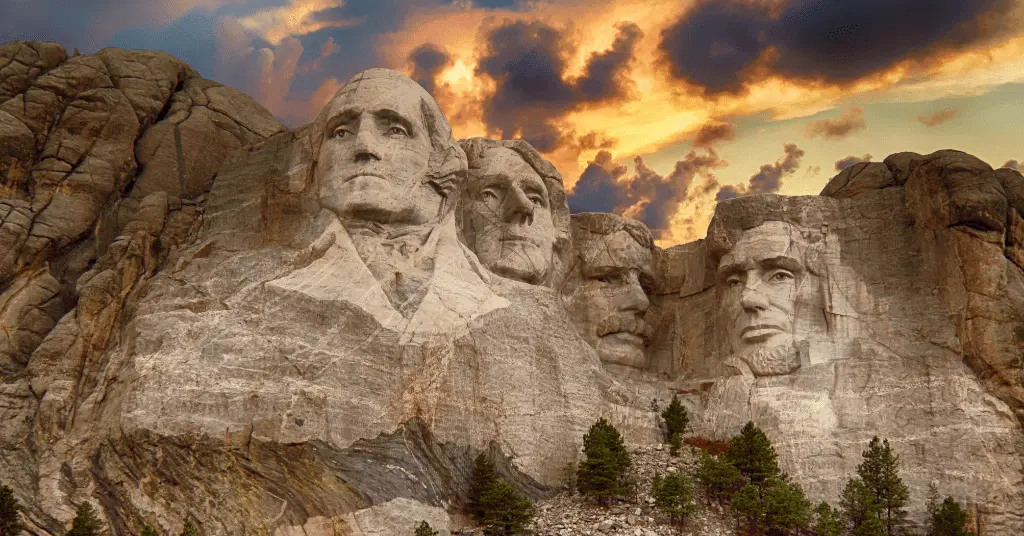AI Answer Evaluation Platform Live Now. Try Free Answer Evaluation Now
American Archaeology
American archaeology is a specific branch of archaeology that focuses on the history and prehistory of the Americas. It is a field that has been evolving over time, and it has made significant contributions to our understanding of the ancient past of the Americas.

History of American Archaeology
The history of American archaeology can be traced back to the early 19th century, when explorers and scholars began to take an interest in the pre-Columbian history of the Americas. The first major archaeological excavation in the Americas was carried out by Ephraim Squier and Edwin Davis in the 1840s at the ancient city of Copan in Honduras. In the early 20th century, the work of archaeologists such as Alfred Kidder and Neil Judd helped to establish the field of American archaeology as a legitimate scientific discipline.
Methods and Techniques
American archaeologists use a range of methods and techniques to study the past, including excavation, surveying, remote sensing, and laboratory analysis. Excavation is the most common method, and it involves the systematic digging of sites to uncover artifacts and other physical remains. Surveying is another important method, which involves the systematic mapping of archaeological sites and landscapes. Remote sensing techniques such as ground-penetrating radar and LiDAR are increasingly being used to identify archaeological features that may be hidden underground. Laboratory analysis is also an essential part of American archaeology, which involves the analysis of artifacts, ecofacts, and other materials to gain insight into the past.
Important Sites
There are many important archaeological sites in the Americas that have contributed to our understanding of the past. One of the most famous is the ancient city of Teotihuacan in Mexico, which was inhabited from around 200 BCE to 700 CE. The site is known for its impressive pyramids and for its well-preserved murals and other artifacts. Another important site is Cahokia, located near present-day St. Louis, Missouri. This site was home to a complex society that existed from around 600 to 1400 CE and was known for its large earthen mounds and sophisticated social organization.
Significant Discoveries
American archaeologists have made many significant discoveries over the years that have shed light on the past. One of the most important was the discovery of the Clovis culture in the 1930s, which was characterized by distinctive stone tools and was the first known human culture in the Americas. Another important discovery was the excavation of the ancient city of Copan in Honduras, which provided important insights into the ancient Maya civilization. More recently, the discovery of the city of Caral in Peru has challenged conventional ideas about the origins of civilization in the Americas.
Challenges and Controversies
American archaeology is not without its challenges and controversies. One of the biggest challenges facing archaeologists today is the destruction of archaeological sites due to development, looting, and other human activities. The issue of cultural heritage and the repatriation of artifacts and human remains is also a contentious one, with many indigenous groups advocating for the return of objects that were taken from their ancestors. Additionally, there are ongoing debates within the field over issues such as the role of archaeologists in modern society and the use of science to understand the past.
Conclusion
In conclusion, American archaeology is a vital field that has contributed significantly to our understanding of the ancient past of the Americas. The history of American archaeology dates back to the 19th century, and since then, archaeologists have used various methods and techniques such as excavation, surveying, remote sensing, and laboratory analysis to study the past. Several important sites such as Teotihuacan, Cahokia, and Caral have provided insights into the complex societies that existed in the Americas. Significant discoveries such as the Clovis culture and the excavation of Copan have challenged our understanding of the past, while ongoing debates over cultural heritage and repatriation of artifacts highlight the complexities of the field. Despite these challenges and controversies, American archaeology remains a fascinating and important field that continues to shed light on the rich and diverse history of the Americas.



